Best lenses for the Canon EOS R3: glass that gets the most out of your professional powerhouse
It’s no longer the Canon flagship, but it is still a super-powerful pro camera, so we have carefully chosen the best lenses for the Canon R3
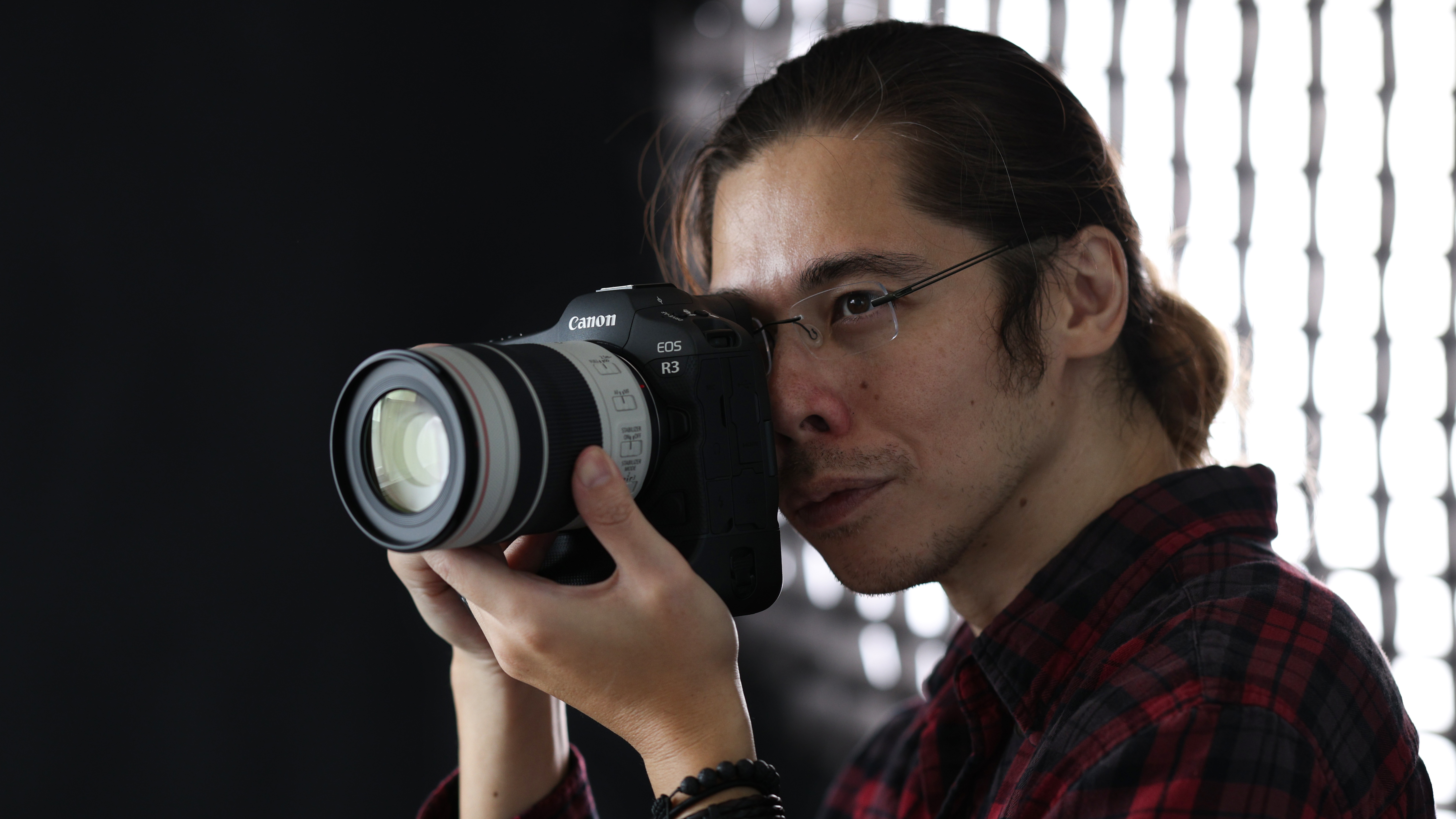
No-one can have escaped the hype surrounding the Canon EOS R1, but in the event it turned out that while it is significantly superior to the EOS R3 in a number of ways, it’s not the massive leap in camera technology that many were expecting.
Indeed, when you compare what these two cameras can do, you might decide that the Canon EOS R3 is a much better camera than anyone thought! It’s almost as fast as the EOS R1, has excellent burst speeds and AF in its own right and is also a highly capable hybrid stills/video shooter. The EOS R3 is still one of the best cameras for professionals, and among the best cameras for sports photography. The main point is that the EOS R3 is now a lot cheaper than the R1 – saving you enough perhaps to buy one of the lenses in our list!
We’ve already published our list of the best lenses for the Canon EOS R1, leaning heavily towards Canon’s latest-generation hybrid video lenses to reflect the R1’s powerful video capabilities. The R3 is very good at video too, so if that’s where your work is heading, take a look at that guide.
But with this list we’ve taken a slightly different approach. The Canon R3 is a more cost-effective solution for many photographers, and we’ve chosen a more traditional set of pro lenses to go with this camera, putting its high-speed sports capabilities front and foremost. Yes, Canon’s new hybrid lenses offer extra video features like an iris control ring, but its regular pro lenses are just as sharp and, unless you are a pro videographer/cinematographer, probably just as effective for video work.
They’re also cheaper than Canon’s latest hybrid lenses, so if you’ve made a cost-based choice in picking the EOS R3, then these lenses will offer the same professional quality at a more cost-effective price point.
Best lenses for the Canon EOS R3
Why you can trust Digital Camera World
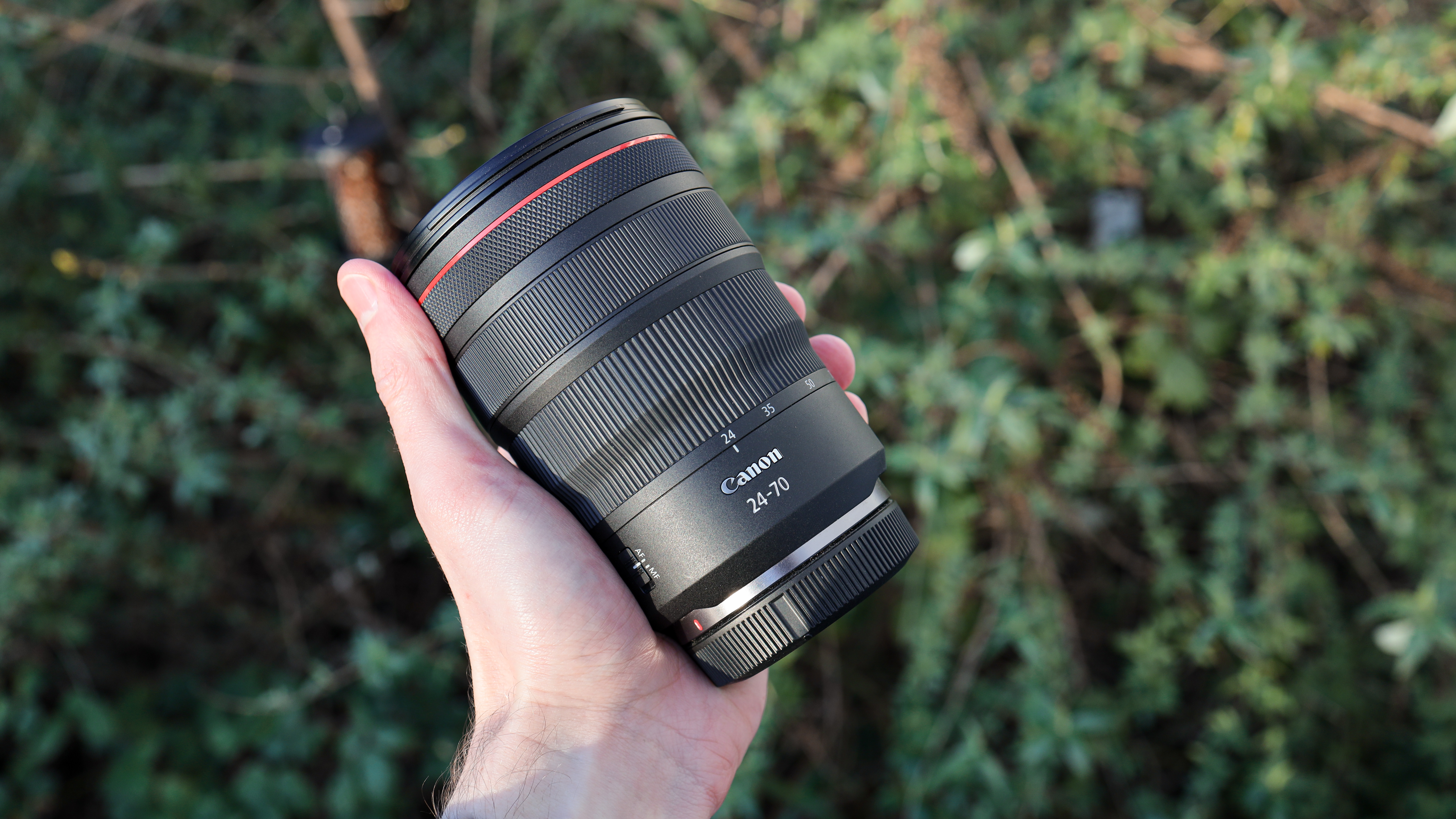
Specifications
Reasons to buy
Reasons to avoid
The RF 24-70mm f/2.8L IS USM will be the standard ‘trinity’ zoom likely to be at the heart of any professional photographer’s lens system. With its constant f/2.8 maximum aperture, 5-stop image stabilization and focus breathing suppression, so although this is one of Canon’s earlier RF mount pro lenses, it’s still highly capable for video work. The optical performance is good, though not exactly stellar, as the edge definition does drop off a little at longer focal lengths. It’s way above the quality of a consumer lens, but maybe lacks the edge to edge sharpness you might be expecting at this price. You might also want to look at the newer Canon RF 28-70mm f/2.8 and the amazing but huge RF 24-105mm f/2.8 hybrid ‘Z’ lens.
See our full Canon RF 24-70mm f/2.8L IS USM review
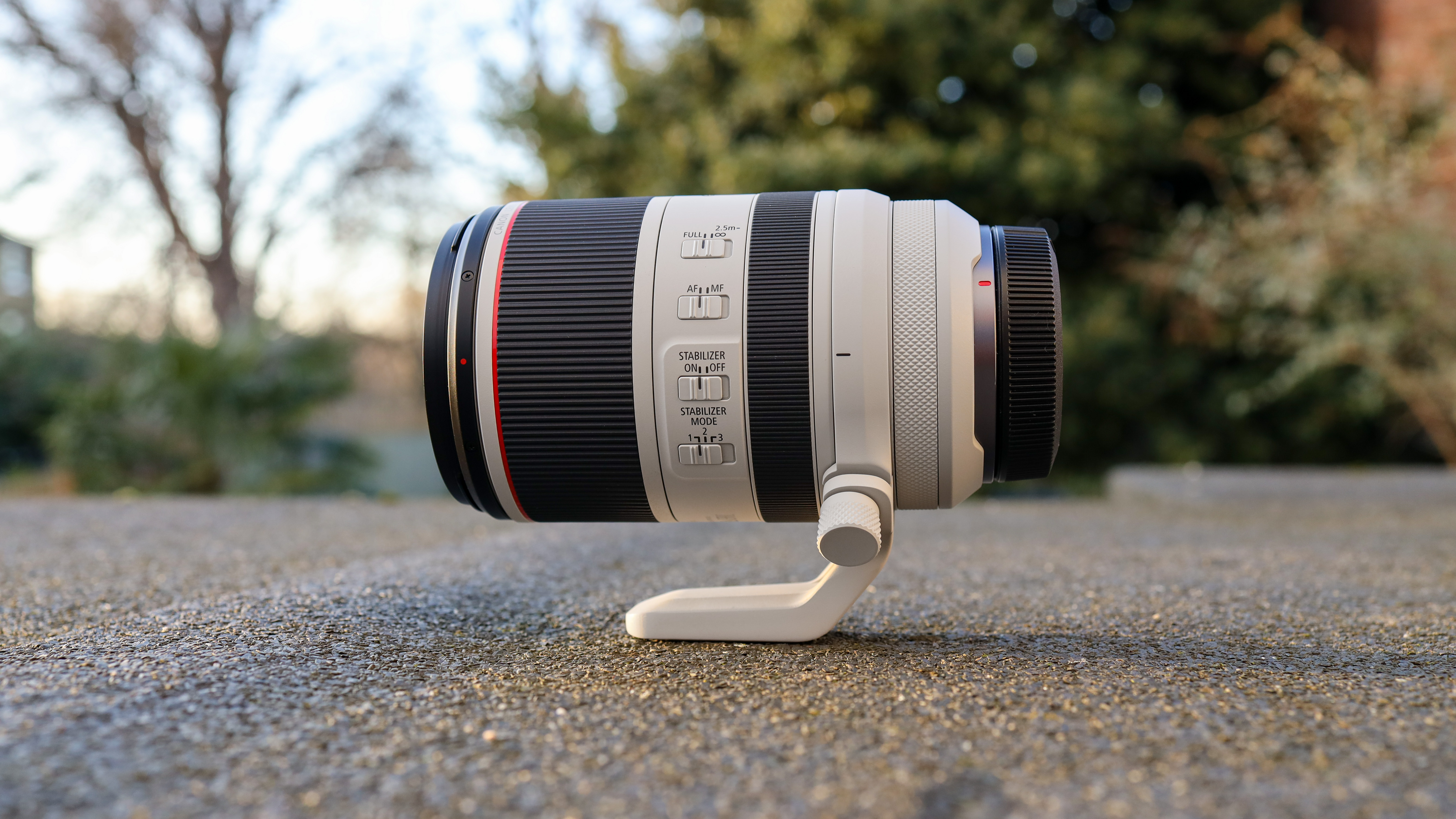
Specifications
Reasons to buy
Reasons to avoid
For sports and action photographers, a 70-200mm f/2.8 telephoto zoom is a second ‘standard’ zoom, and Canon’s RF 70-200mm f/2.8 L IS USM is optically superb and also unusually compact and light for a lens of this type. This does bring handling compromises and a practical limitation you need to be aware of, though. First, the inner barrel extends during zooming, so while this lens collapses down very small, it doesn’t quite feel like a premium L-series optic. Second, the compact design uses protruding rear elements which prevent the use of Canon’s 1.4x and 2x Extenders. If you can live with these characteristics, though, the Canon RF 70-200mm f/2.8 L IS USM is an exceptionally good lens in an exceptionally compact design.
See our full Canon RF 70-200mm f/2.8 L IS USM review
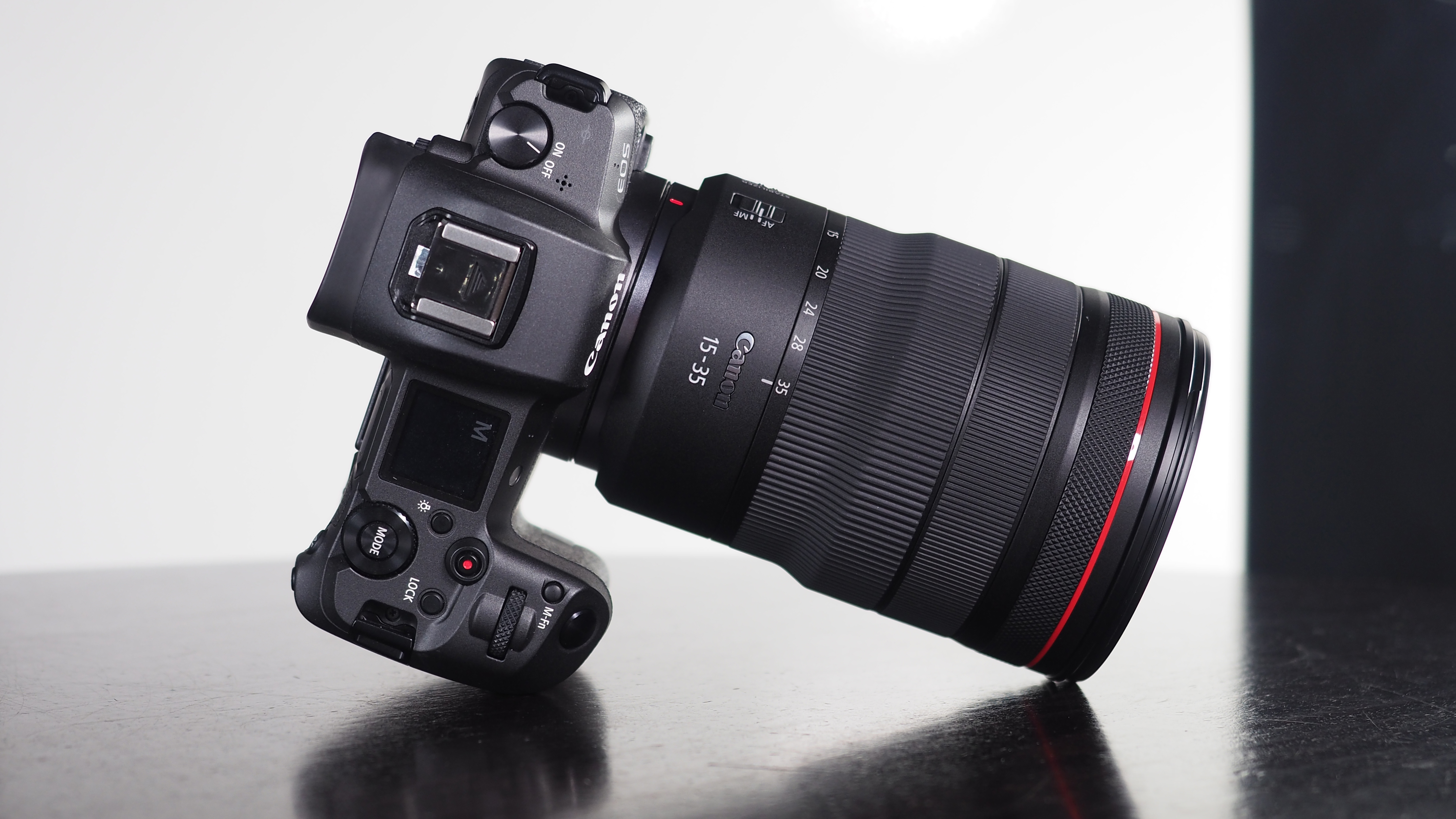
Specifications
Reasons to buy
Reasons to avoid
A 16-35mm f/2.8 constant-aperture ultra-wide zoom is the third ‘trinity’ lens for a pro photographer’s camera bag, and the RF 15-35mm f/2.8 L IS USM goes one better (well, 1mm better!) with a widest focal length of 15mm. Like Canon’s other pro L-series lenses, this one is beautifully made, great to handle and offers (mostly) excellent image quality. Our sample showed little distortion, even without digital corrections, but the edge definition at 15mm might not be what you would expect from a pro lens that costs as much as this one – or weighs as much. Yes, this is a big lens. You might not notice its size too much on an EOS R3 body but you certainly feel it on smaller RF mount bodies.
See our full Canon RF 15-35mm f/2.8L IS USM review

Specifications
Reasons to buy
Reasons to avoid
We’ve included two ultra-wide zooms in this list, not because you might want to buy both, but because the RF 10-20mm f/4 L IS STM is such a compelling alternative to the RF 15-35mm f/2.8 L IS USM. It has a smaller f/4 constant maximum aperture, so some might feel it’s not a true ‘pro’ lens, but its angle of view is truly spectacular, especially given this lens’s compact size and unassuming appearance. It’s lighter and smaller to carry around than the 15-35mm and costs about the same – and it also has IS built in. The edge definition doesn’t quite catch up with the center definition at any aperture or focal length, but it’s still decent, and this is such an extreme lens it probably deserves a little slack.
See our full Canon RF 10-20mm f/4 L IS STM review
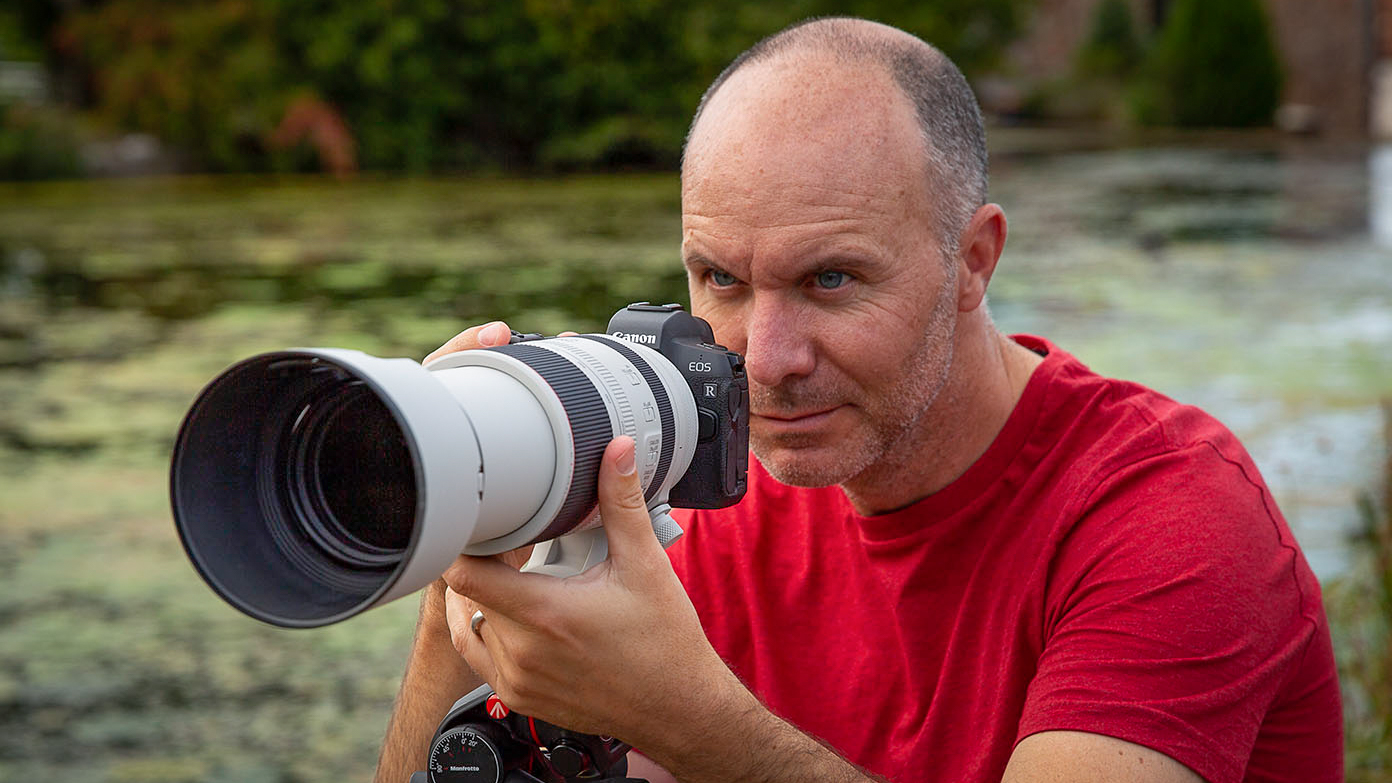
Specifications
Reasons to buy
Reasons to avoid
Canon makes some pretty exceptional fast-aperture telephotos, but they typically cost A LOT. So while the RF 100-300mm f/2.8, for example, might look like a wonderful lens for bridging the gap between a 70-200mm and longer telephoto primes, its price is pretty prohibitive. So we do think that the RF 100-500mm f/4.5-7.1 L IS USM deserves a proper look. Its most obvious weakness is its variable maximum aperture, which shrinks to just f/7.1 at full zoom, and it does appear to be priced more for consumers than professionals… but this is a true L-series lens, boasting all the build quality and, yes, optical performance you would expect. If you can live with the variable maximum aperture, this could prove to be one of the most useful lenses in your bag.
See our full Canon RF 100-500mm f/4.5-7.1 L IS USM review
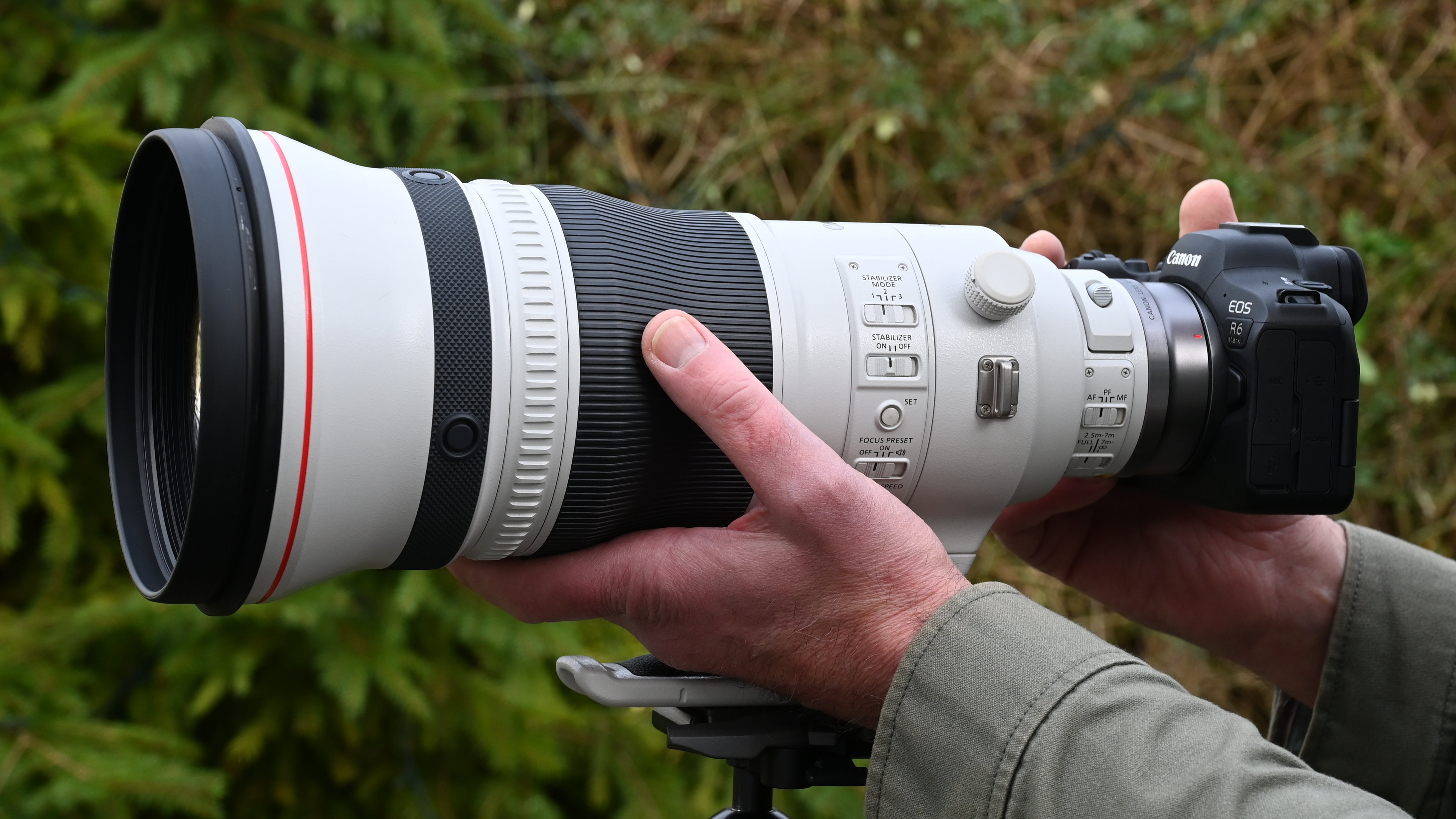
Specifications
Reasons to buy
Reasons to avoid
Canon’s super-telephoto primes are legendary amongst pro sports photographers and yes, we do know how expensive they are, especially if you have to buy more than one. But maybe you don’t? The RF 400mm f/2.8 L IS USM is an extremely fast, sharp and effective long-range telephoto in its own right, but used with Canon’s 1.4x and 2x Extenders, it can also be used as a 600mm f/4 and even an 800mm f/5.6. So while the huge initial outlay might make this a once-in-a-decade purchase, this lens could cover a whole range of focal lengths, not just one. The optical performance is superb – it’s as sharp wide open as it is stopped down, so you can shoot in any light and get beautiful background separation.
See our full Canon RF 400mm f/2.8 L IS USM review
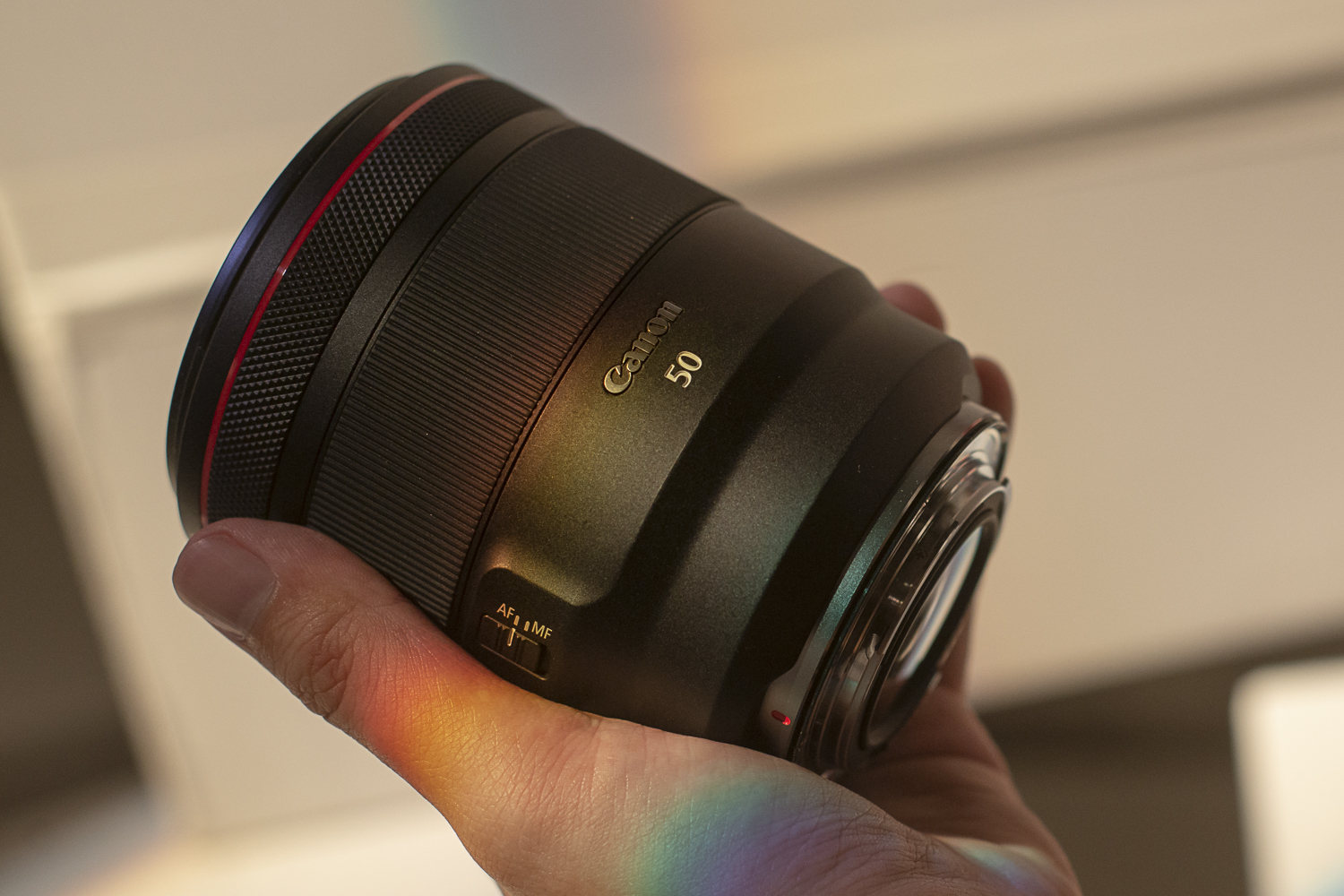
Specifications
Reasons to buy
Reasons to avoid
Not all sports and action photography is shot at long range and sometimes you need to grab a portrait for mood and detail, where a 50mm is ideal – especially one with an f/1.2 maximum aperture, which can deliver excellent subject separation and background blur. This is a big lens, make no mistake, but on an integrated-grip body like the EOS R3 it balances much better than on an EOS R5 or R6, say. Center sharpness and contrast are superb, even wide open, though the edge sharpness lags some way behind. Does this matter? It depends on what you shoot – there’s always the RF 50mm f/1.4 VCM lens if you want more edge-to-edge consistency.
See our full Canon RF 50mm f/1.2 L USM review
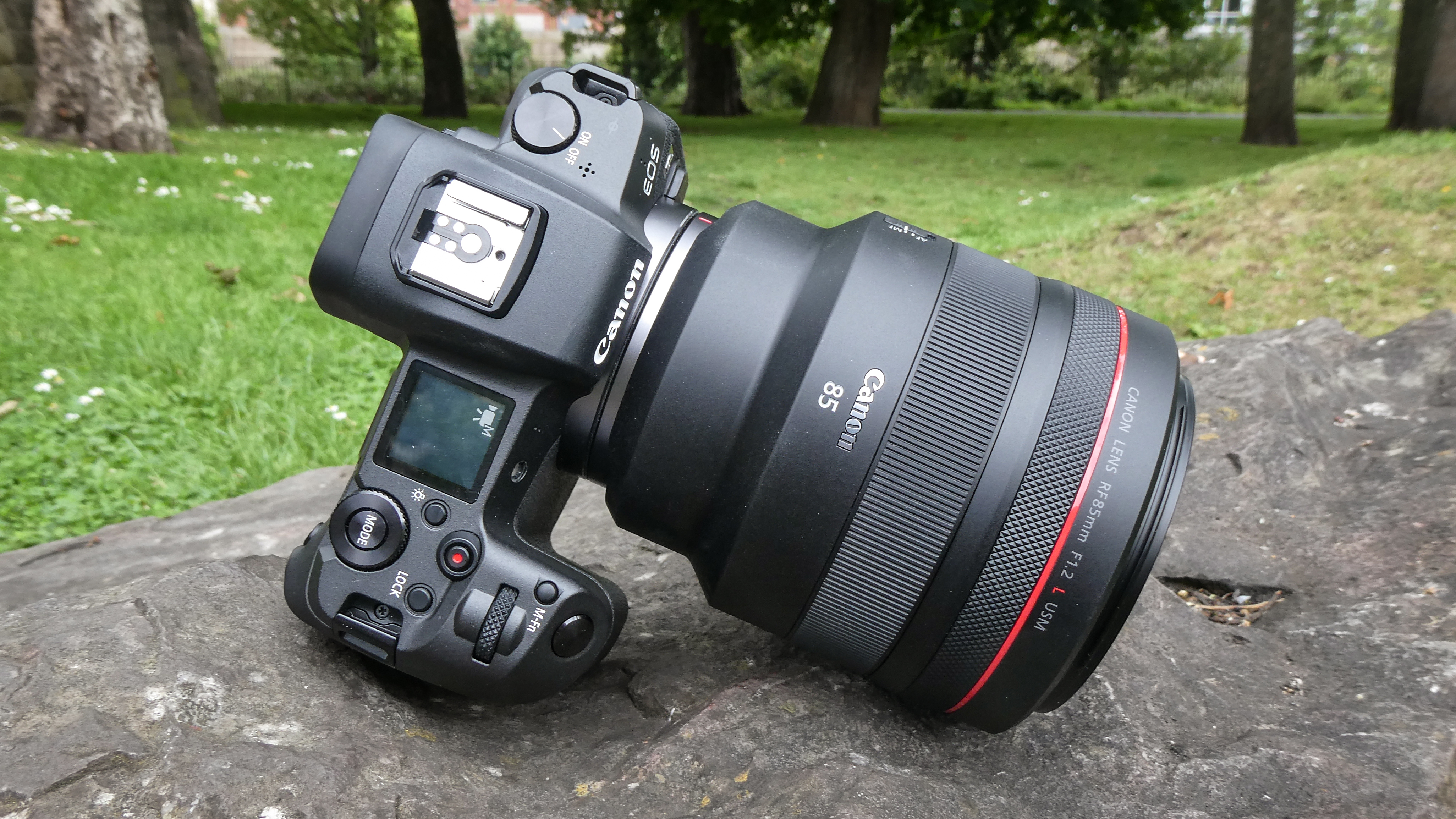
Specifications
Reasons to buy
Reasons to avoid
Is this the best RF portrait lens of all? Probably – depending on the characteristics you most want. It’s a digital successor to the old and revered EF 85mm f/1.2, but updated to be faster, better and more usable generally. It’s a big lens, as you would expect, but the autofocus is nevertheless fast and responsive. The center definition is excellent, even at f/1.2, but the edge definition remains average at best. Does that matter? Some would say a portrait lens only needs to be sharp in the center, and at f/1.2 you do get the kind of background separation that’s as eye-catching in sports portraits as it is in commercial studio photography. And if you’re still not quite convinced, there’s always the much cheaper RF 85mm f/2, which has a handy 0.5x macro feature for detail shots.
See our full Canon RF 85mm f/1.2 L USM review
Also see our guide to the best Canon flashguns
Get the Digital Camera World Newsletter
The best camera deals, reviews, product advice, and unmissable photography news, direct to your inbox!

Rod is an independent photography journalist and editor, and a long-standing Digital Camera World contributor, having previously worked as DCW's Group Reviews editor. Before that he has been technique editor on N-Photo, Head of Testing for the photography division and Camera Channel editor on TechRadar, as well as contributing to many other publications. He has been writing about photography technique, photo editing and digital cameras since they first appeared, and before that began his career writing about film photography. He has used and reviewed practically every interchangeable lens camera launched in the past 20 years, from entry-level DSLRs to medium format cameras, together with lenses, tripods, gimbals, light meters, camera bags and more. Rod has his own camera gear blog at fotovolo.com but also writes about photo-editing applications and techniques at lifeafterphotoshop.com
